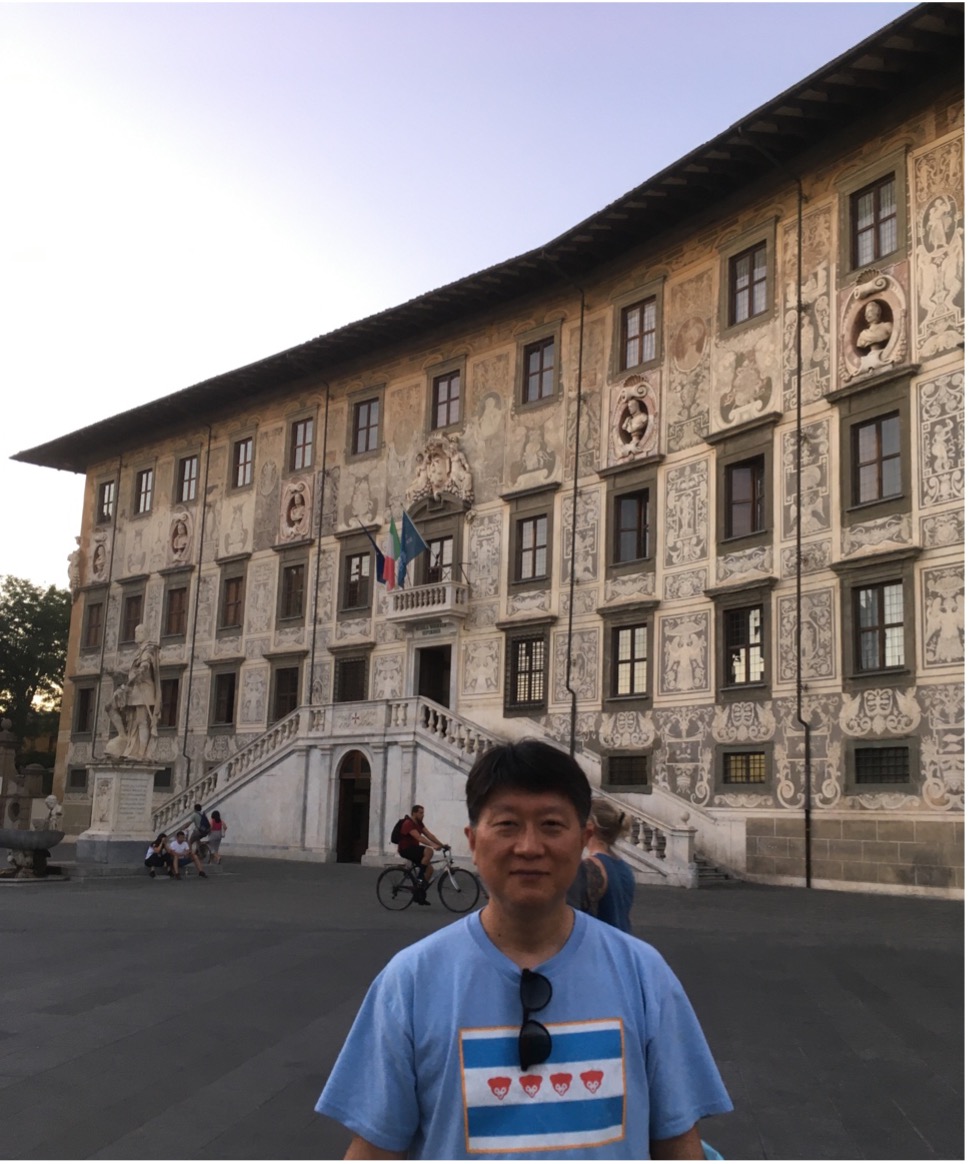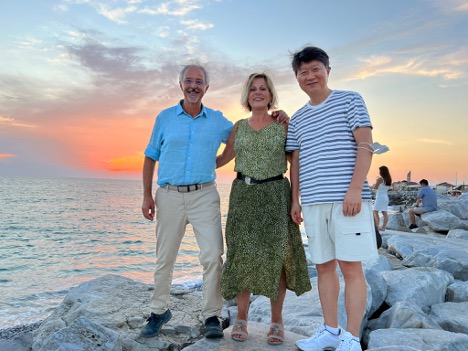A TNA experience on Explainable AI
From June 1, 2022 to July 31, 2022, for two months, I had a privileged opportunity to visit the SoBigData++ team at Pisa, Italy, led by Prof. Fosca Gianotti at Scuola Normale Superiore (SNS) and Prof. Dino Pedreschi at University of Pisa. This was part of a program run by National Science Foundation (NSF), US that connects a PI in the US to a PI in the Europe with overlapping interests and partially supports the visit for research collaboration by paying airfares.
Once I got the award notice from NSF, I’ve searched the list of ERC projects that match my research interests and expertise, and found that the Explainable AI (XAI) project (https://xai-project.eu/) by Prof. Gianotti fit the bill exactly. For the last a few years, my research group has focused on the understanding, modeling, detection, and prevention of fake news in the US, and developed several cutting-edge detection algorithms and released benchmark datasets in the NSF-sponsored SysFake project (https://sites.google.com/site/pikesysfake/home). Despite accurate detection, however, our machine learning solutions have limited capabilities in explaining the verdict of fake news detection to other algorithms and human users. Therefore, the objectives of my visit to Prof. Gianotti’s team were to learn the novel findings and methods from the XAI project, and seek for ways to apply them in my project.
During my 2-month-long visit, I made two research presentations: (1) Combating (Neural) False Information, AI & Society Summer School, University of Pisa, July 8, 2022, and (2) XAI for Non-Experts: Three Case Studies, Scuola Normale Superiore (SNS), June 8, 2022, and had also a chance to visit Dr. Mirco Nanni at ISTI - CNR in Pisa and discussed potential research collaboration ideas. Further, it turns out that the XAI project team was building a platform to collect and benchmark various XAI algorithms so that I donated the code of our XAI method (i.e., GRACE, KDD 2020: https://pike.psu.edu/publications/kdd20-grace.pdf). Finally, after numerous research meetings with Prof. Gianotti’s team, we came up with two potential collaboration ideas: (1) Improving existing XAI methods using KG (knowledge graph) techniques that my group had some prior work, and (2) Applying XAI methods to the membership inference attack in security, which seems to be a novel usage of XAI. We hope to continue our research collaboration through Fall so that we can have some concrete outcomes.
In addition to research activities, I also had wonderful time visiting Rome, Florence, and Venice during weekends, and get to appreciate Italian culture and foods. Despite abnormally boiling weather in Italy this summer, it was truly wonderful experience. Below, the first photo shows me in front of the main office of SNS, Palazzo della Carovana that’s built in 15th century, where my office was located. One could clearly see the famous Leaning Tower of Pisa through the office windows of Palazzo della Carovana. The second photo shows me and both Prof. Gianotti and Prof. Pedreschi, enjoying the sunset at a beach-front restaurant, after finishing the AI & Society summer school in July 2022.
I’d like to end this posting by tremendously thanking my host, Prof. Gianotti, who has been very kind and generous, connecting me to the researchers and students in Pisa with related research interests, and helping me enjoy my stay in Italy. I feel quite indebted for the extra time and efforts that she spent in all administrative tasks and forms that she had to fill. I also acknowledge and express my gratitude to SoBigData++ program for supporting my visit.


Author:
Dongwon Lee, Penn State University, USA

